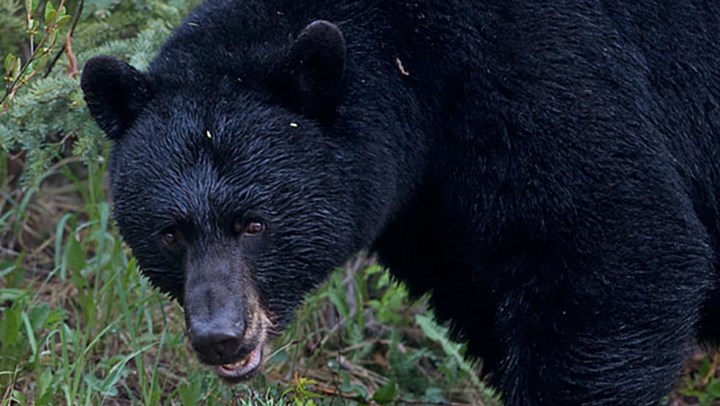
by Phil Phillips - Monday, May 14, 2018

Here is another sad story when it comes to bears and bear hunting in Colorado. Yesterday a 5-year-old girl was mauled by a black bear near Grand Junction in the southwest part of the state. According to a news report from KDVR-TV (Fox 31) in Denver, the girl’s mother said she awoke to the sound of screaming in the yard. When she ran outside to investigate, she saw a large black bear dragging her 5-year-old daughter. She began yelling and the bear dropped the girl, who is now recovering from serious wounds in the Grand Junction hospital. The suspected bear was killed this morning.
The truth is that human-bear conflicts are on the rise statewide. As a Colorado resident I’ve personally seen as many as three adult bears on my ranch on any given day. In fact, a report from KDVR-TV last July estimated the state’s thriving bear population at 20,000. Anyone who ever paid attention in grade-school biology class knows that black bears, like any wildlife species, must be kept in check with area carrying capacity. Therein lies the problem.
In 1992, Colorado lost its spring black-bear hunting season (and the ability to hunt bears with dogs or over bait). Anti-hunting groups succeeded in putting the issue on the ballot supported by a media campaign and lies. Antis said lactating sows were being killed during the spring season so their cubs died of starvation when, in fact, only one lactating sow accidentally had been taken by a hunter the previous spring. The fact: Far more lactating sows were killed on the highway that year. The ballot measure passed despite that state wildlife biologists explained hunting was a sound bear management tool. The move stripped away wildlife-management authority from state biologists who were the ones who knew what was really happening in the field.
Just last fall I was told by local landowners that there were more than 50 bears trapped and killed by CPW in the cornfields near Olathe, Colo., alone last summer. An expanding bear population coupled with the fact that dry conditions limited the amount of feed in the high country kept wildlife conservation officers quite busy.
So today, instead of having hunters help to manage bear populations while their dollars boost the local economy during a spring bear hunting season, Colorado pays government trappers and its own CPW staff to eradicate problem bears. The irony is that bears are still being killed—just not by hunters—and the state is footing the bill.
Just a few years ago, a Colorado woman was killed in her backyard and partially eaten by a large black bear. It amazes me that we are paying to have bears trapped and destroyed when back in the days when we could bait and run bears with hounds during the spring season the state was making money and the bears were controlled by outdoorsmen who were happy to pay for the opportunity. I think it is long past time for CPW to reexamine the possibility of a spring black bear season and get the bear population under control while benefitting from the hunters’ license fees that help to pay for wildlife and conservation initiatives.
Sadly, while hunting is a common-sense wildlife management tool, it only can help to keep wildlife populations in check where permitted.
E-mail your comments/questions about this site to:
EmediaHunter@nrahq.org
